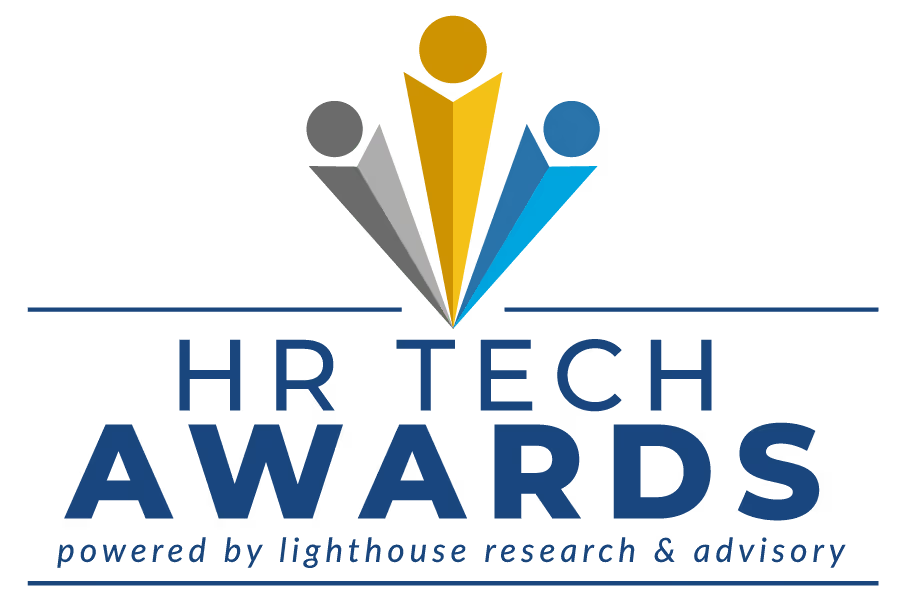
Good hiring means going to the nth degree to acquire the best talent available and accelerate growth. Research shows that good hiring can increase revenue by 300%!
Another study shows that effective employee onboarding can boost new employee retention by 82% and productivity levels by over 70% - say what?!
Good hiring demonstrates a hiring team’s ability to:
- Pinpoint the key characteristics the business needs to boost growth
- Identify candidates with these crucial characteristics
- Nurture and retain talent within the organization
So how do you identify a metric that reflects the ROI of your hiring strategy? Enter employee lifetime value (ELTV) as a proxy. By the end of this article you will understand how to use ELTV to understand the relative return of good hiring.
Understanding ELTV Next to Hiring ROI
ELTV is a metric that measures the total net value of an employee to an organization over their entire tenure and can be defined as:
“a quantitative measure of the long-term contribution an employee makes to an organization over their lifetime with the business. The idea draws upon the same principles as the more familiar idea of Customer Lifetime Value. This recognizes a customer’s value in terms of long-term relationships, rather than instant transactions.”
While typically these contributions would be intangible, ELTV gives hiring teams a way to measure these things.
Below is a graph that illustrates a sales employee’s value over time:

While the graph above illustrates an ideal state of a salesperson’s employment over time, it's not uncommon for turnover rates to reach 50% annually, with recent hires being the most affected. The cost of losing an employee can range from $25,000 to $50,000, factoring in lost productivity, customer dissatisfaction, as well as recruitment and training costs. Knowing how much bad hiring costs, and the potential value of a good hire over time, hiring teams can get a sense of how critical it is to measure and practice good hiring.
Measuring ELTV
That said, measurement can change depending on a company’s size, its revenue and of course the industry they’re in, so it isn’t constant across the board.
ELTV is measured by understanding the total net income that a company can expect from an employee during the period of their employment.
Let’s look at what a waiter at a nice restaurant’s ELTV could look like. The example below is modified from Forbes contributor Arne van Damme.
A = Cost of training, onboarding, and recruitment
- Recruitment: $5,000
- Onboarding: $2,500
- Training: $1,000
- Annual salary: $35,000 (excluding tips)
Total cost: $1,000 + $2,500 + $5000 + $35,000 = $43,500
B = The total net positive value the average waiter brings into the company
- Average cost of a dinner meal at the restaurant: $980
- Number of tables the waiter can handle per shift: 6
- Number of shifts per week: 4 (208 shifts per year)
- Average tenure: 5 years
Annual net positive value: $980 x 6 = $5880 x 208 = $1,223,040
Total net positive value over 5 years: 5 x $1,223,040 = $6,115,200
ELTV (B-A) $6,115,200 - $43,500 = $6,071,700
Clearly each wait staff at this company is extremely valuable and worth every dollar invested in recruiting and onboarding them. Hiring teams who want to calculate their own ELTV need to sit down and manually tell the same story for their organization like the one above. It isn’t as easy as 1, 2, 3 but it pays off in the end. Knowing what a good employee is worth is extremely important to measure and demonstrate the value of hiring efforts.
Adopting a Data-Driven Hiring Approach
Data is arguably your most valuable currency and so you must harness it to identify, nurture and retain your ideal candidate, which will in turn boost your ELTV.
McKinsey & Company emphasize the importance of data and adopting a framework designed to achieve strong ELTV by:
- Injecting structure into screening and interview processes
- Utilizing objective measurements to evaluate candidates
- Prioritizing support and rapid development of new hires to limit attrition
- Measuring performance consistently
Get started by creating a set of recruiting KPIs and sharing them with stakeholders. These KPIs can include metrics such as:
- Time to hire
- Candidate satisfaction
- Diversity ratios
- Employee retention rates
Refine and augment KPI measurement and monitoring by hiring a skilled data analyst dedicated to the recruitment function. When you can measure and quantify aspects of your hiring, you’ll be able to visualize ELTV like Greenhouse has depicted in the graph below:

Graphics like the one above will not only boost the morale of the hiring team, but will impress senior managers as well!
Getting Buy-In for ELTV Measurement
Get clarity on the effectiveness of your organization’s hiring strategy, and then shout it from the rooftops. Senior leaders need to be aware of the importance of data-driven decision making in the organization’s hiring efforts.
Start by educating hiring managers about data-driven hiring. Explain to them what data-driven hiring is and how it can benefit the company. Share examples of how data has been used to make successful hires in the past. Consider even getting hiring managers involved in the data collection process to help them understand the data and how it is being used.
With data and management on your side, you’ll be able to take your hiring efforts from good to great!
Image Credits
Feature Image: Unsplash/Volkan Olmez
Image 1: Via McKinsey & Company
Image 2: Via Greenhouse






































.jpg)

.jpg)


























.jpg)




.png)
.png)



































.webp)





.svg)